The Sleepiest Animal on Earth — Can You Guess What It Is?
Most people think they don’t get enough sleep, but compared to the animal kingdom, we’re wide awake. Some species spend nearly an entire day doing absolutely nothing, all for good reason. Their diets, environments, and biology demand it.
And while humans hover around eight hours a night, a few animals barely open their eyes. But which one is the sleepiest of them all?
Koala – 18 to 22 Hours
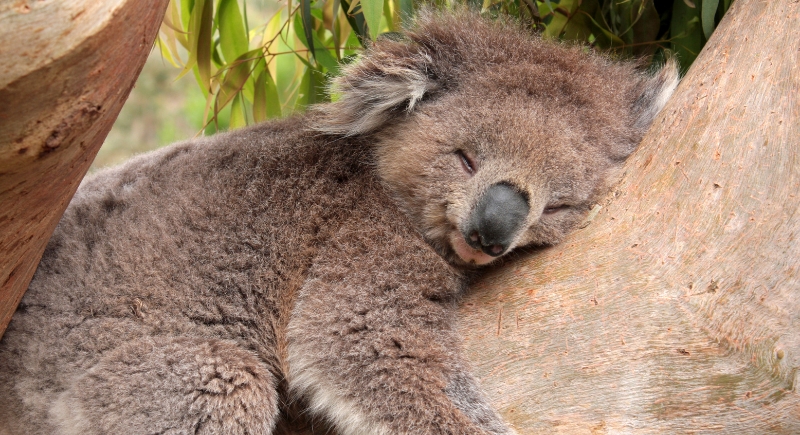
Credit: Getty Images
Eastern Australia is home to the eucalyptus-loving koala, and it’s where this marsupial spends nearly its entire day sleeping. On average, koalas rest between 18 and 22 hours, mostly curled into tree forks. Their low-nutrient diet slows them down, and digestion takes a huge toll on their energy.
Sloth – 20 Hours
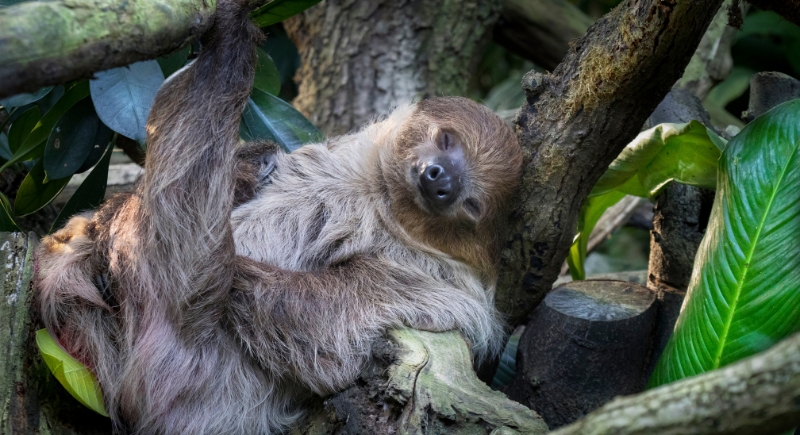
Credit: Getty Images
Researchers discovered a surprising fact about sloths in the wild: they sleep far less than those in captivity. In zoos, they clock nearly 20 hours of sleep per day, but in their natural environment, they average about 10. The difference comes down to constant alertness. Wild sloths need to stay aware of predators and changing conditions, even when resting.
Little Brown Bat – 20 Hours
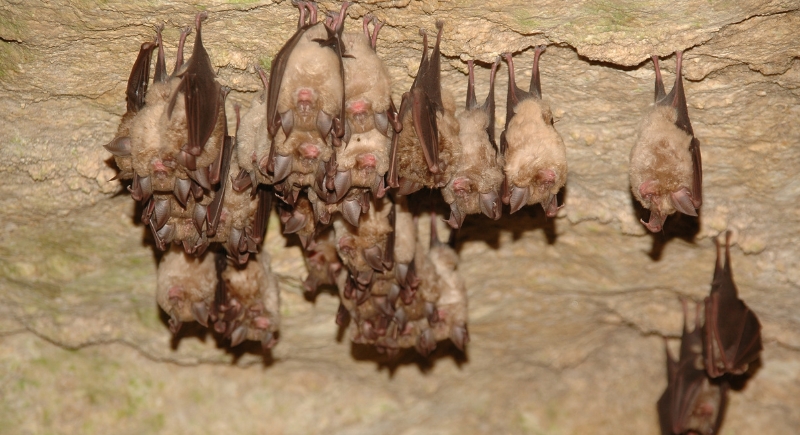
Credit: Getty Images
Hiding in attics, hollow trees, or staying deep inside caves, the little brown bat spends most of the day asleep. It’s rarely seen in daylight because it rests for around 20 hours and wakes up only around dusk. During that short window, it hunts mosquitoes and other insects mid-flight. In colder regions, it hibernates for months, barely stirring.
Giant Armadillo – 18 Hours
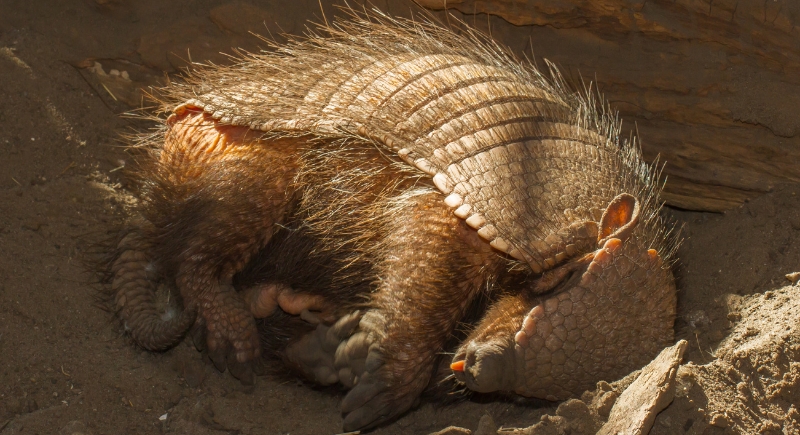
Credit: Getty Images
The giant armadillo, found across northern and central South America, is typically nocturnal. It spends much of the day underground and drifts off to dreamland for about 18 hours. These animals dig burrows using powerful claws and forage at night for termites and other insects. Their hard shell provides protection, but they rely more on hiding than fighting.
Python – 18 Hours
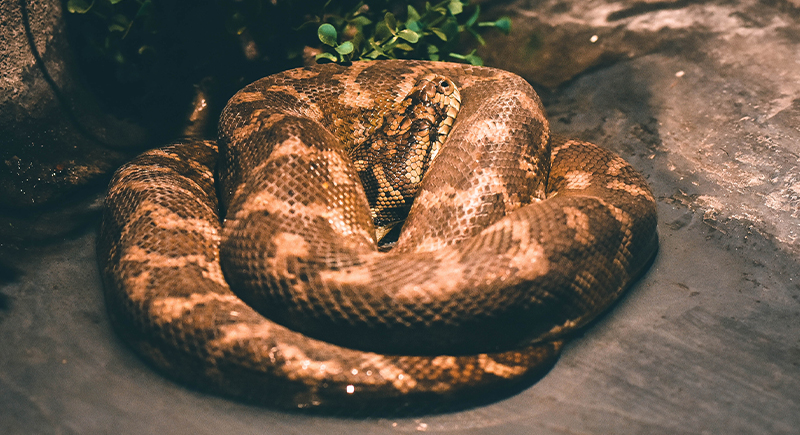
Credit: iStockphoto
After a big meal, a python can lie motionless for hours or even days. Digestion takes significant exertion, especially when swallowing prey larger than its head. Some species, like the ball python, average nearly 18 hours of shut-eye. Though they appear awake, they have no eyelids—they’re usually in a low-energy state.
North American Opossum – 18 Hours
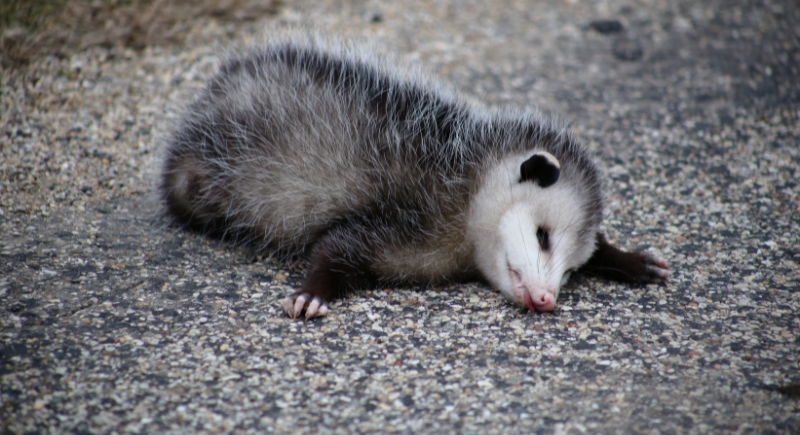
Credit: Getty Images
Eighteen hours of sleep per day leaves little time for anything else, but the North American opossum makes it work. Active mainly at night, it spends daylight tucked into burrows, tree hollows, or even under porches. Once nighttime falls, it searches for insects, fruit, and small animals.
Owl Monkey – 17 Hours
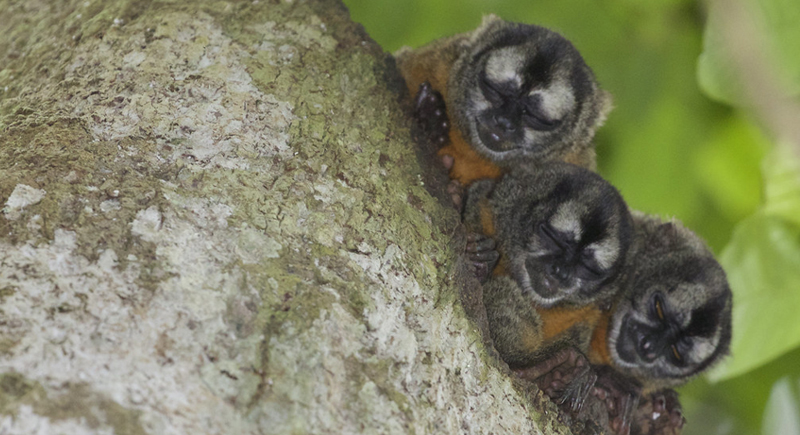
Credit: flickr
The owl monkey’s large, round eyes help it navigate the dark with ease. It follows a strict nocturnal rhythm, stays active only at night, and sleeps almost 17 hours each day. During the day, it rests in dense foliage with its family group, rarely making a sound.
Tiger – 16 Hours
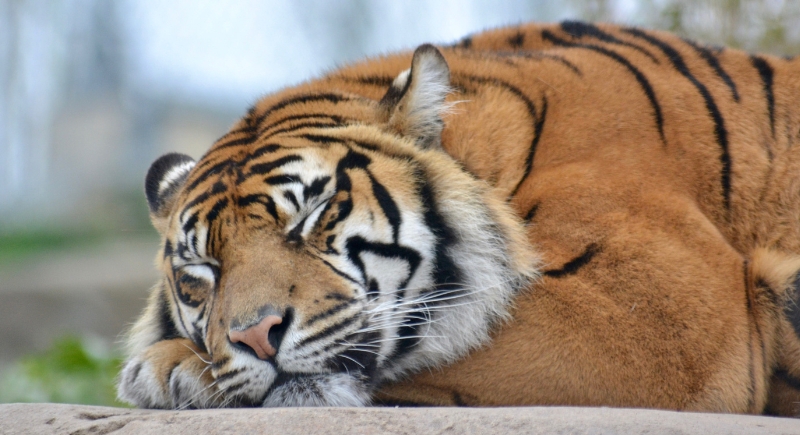
Credit: Getty Images
You might picture a tiger stalking through the jungle, but that’s only a small part of its day. It spends long stretches being inactive after chasing prey, often lounging in the shade or hidden in tall grass. Hunting takes serious effort, and success isn’t guaranteed. Staying strong and ready depends on regular recovery time, often up to 16 hours a day.
Tree Shrew – 15 Hours
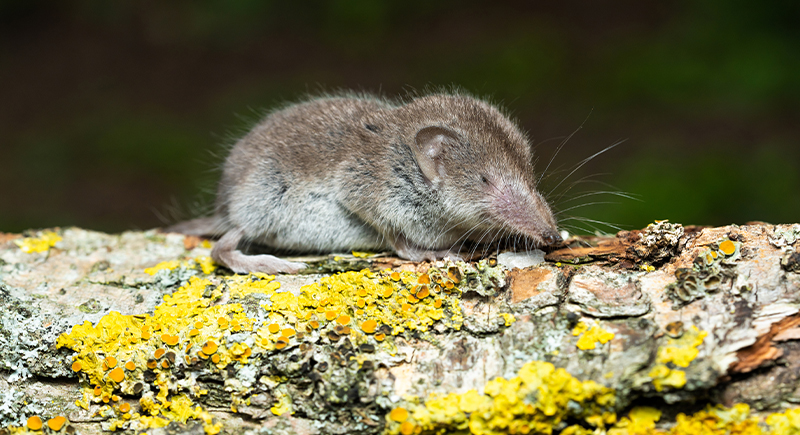
Credit: iStockphoto
High sleep duration in tree shrews may be rooted in their evolutionary past. As some of the earliest mammals to develop advanced sensory systems, they needed sharp reflexes and quick responses to survive predators and locate food. That pattern still holds today—modern tree shrews sleep more than 15 hours.
Hamster – 14 Hours
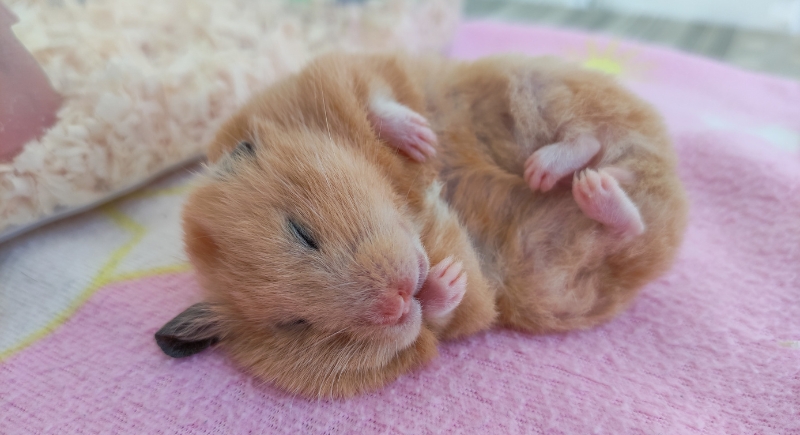
Credit: Getty Images
If you’ve ever owned a hamster, you’ve probably heard it come to life just as you’re trying to sleep. These nocturnal animals follow a schedule that flips the human routine on its head. They rest for around 14 hours, mainly during the day, burrowed underground or concealed within bedding.
Cat – 12 to 16 Hours
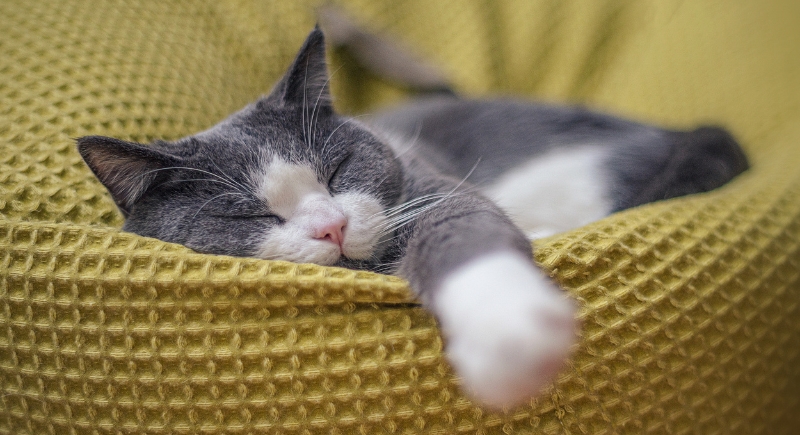
Credit: pexels
Domestic cats sleep for 12 to 16 hours, but some —especially those in active households or outdoor environments—fall closer to the 10-hour range. Their flexible sleep cycle lets them adapt to changes in light, activity, or feeding schedules, making them efficient and responsive predators.
Dog – 12 to 14 Hours

Credit: Getty Images
Though many nap throughout the day, domestic dogs average around 12 to 14 hours of primary sleep at night. Their routines tend to align with the humans they live with, especially in stable home environments. Like people, dogs cycle through sleep stages, including REM, which suggests they may dream.
Star-Nosed Mole – 10 Hours
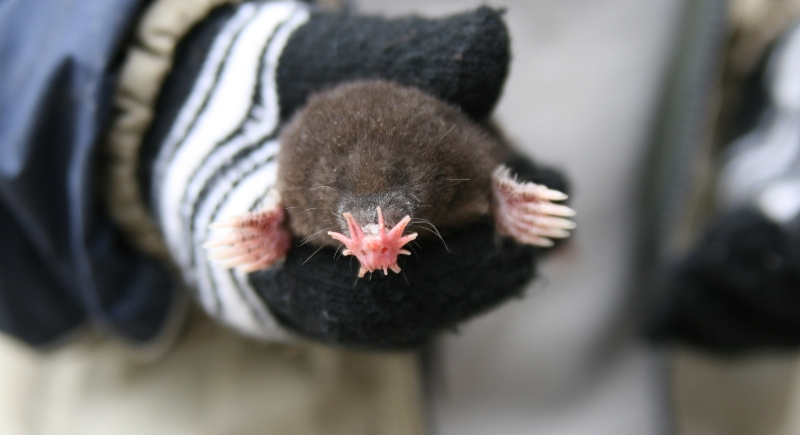
Credit: Getty Images
The star-nosed mole, almost blind but incredibly efficient, relies on its unique, fleshy snout to navigate underground tunnels. This small mammal sleeps around 10 hours a day, mostly in short, irregular stretches between feeding sessions. The balance of intense activity and rapid feeding demands consistent, moderate rest to reset its senses.
Red Fox – 9 to 10 Hours
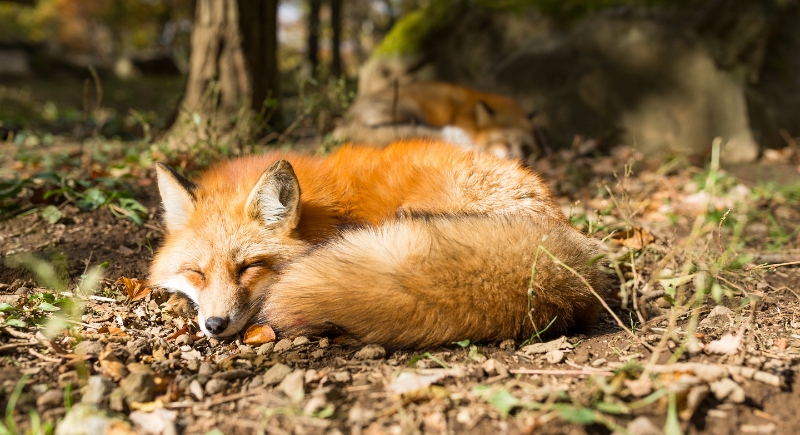
Credit: Canva
In a typical 24-hour cycle, red foxes doze off up to 9 to 10 hours, usually during daylight. Their sleep tends to be light and easily disrupted, especially near urban or suburban areas. Seasonal changes, food intake, and local threats all influence how long and where they rest each day.
Chimpanzee – 9 Hours
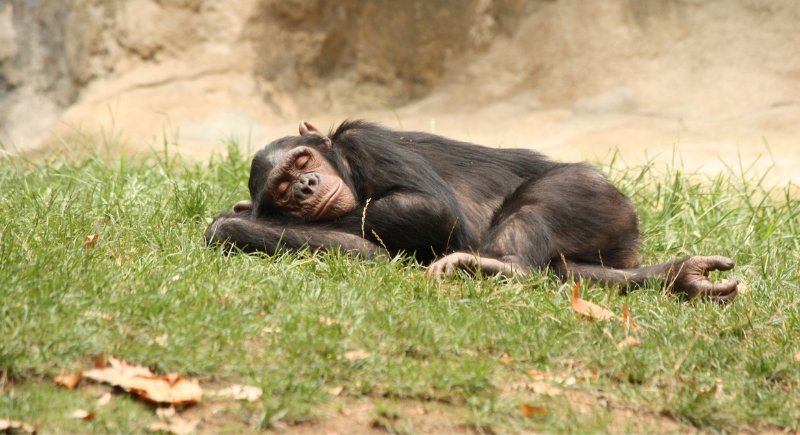
Credit: Getty Images
Maintaining complex social structures, solving problems, and navigating forest environments demand significant brain power, so chimpanzees need at least 9 hours of sleep for recovery. Each evening, they build fresh nests high in the trees and choose spots that offer safety and comfort.